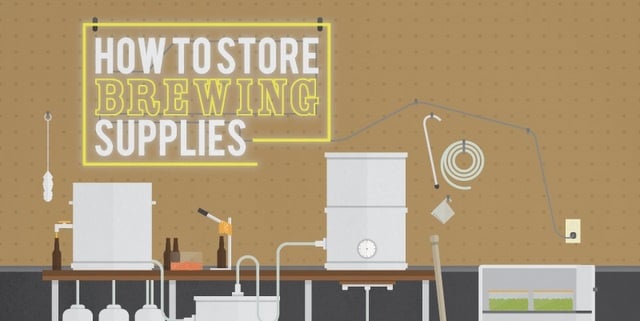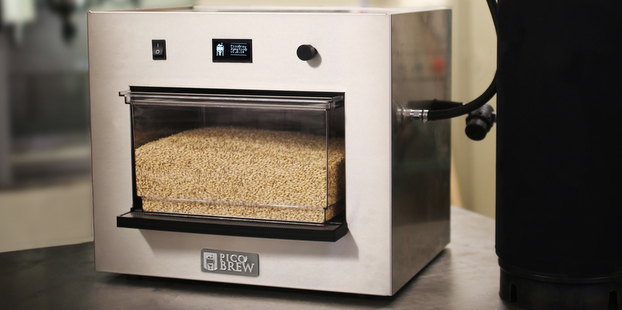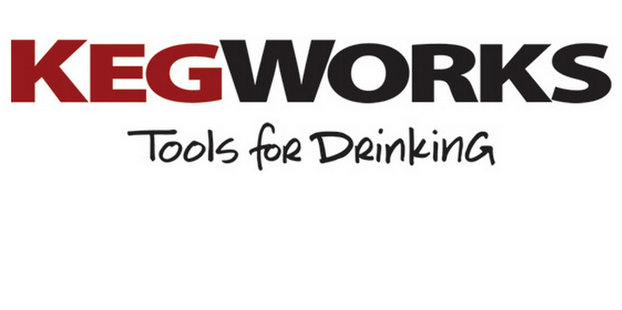
Over the past few years, homebrewing has become as popular as craft beer, and it’s typically the same parties. Everyone knows someone that is trying their hands at creating a signature brew. In fact, recent research estimates that there are 1.2 million homebrewers in the United States, and that last year there was a 24 percent year-over-year increase in sales of beginner homebrew equipment kits.
Like following a recipe, brewing is simple in theory. However, it takes a lifetime to master, and a beginner brewer might run into issues when it comes to correctly storing their brewing supplies and ingredients. You might think that your basement is sufficient, or maybe a corner in your backyard shed, but some ingredients and equipment for homebrewing are delicate and require specific temperature and humidity conditions when being stored, whether in a freezer in your garage or in a dedicated storage facility.
Malted grain and liquid malted grain should be stored between 50 to 70 degrees; climate controlled storage is essential to prevent your ingredients from spoiling. Malted grain should be kept in an airtight, dry container that will keep out bugs and mice, which will keep uncrushed grain good for a year or crushed grain good for two to three months. Liquid malted grain, similarly, should be stored in the can in which it’s sold, following the expiration date on the can. If you open the can, the shelf life of liquid malted grain will be three months, but you can refrigerate the liquid malted grain in the smallest possible container to avoid oxidization, spoilage, contamination, and worst of all, “skunked” beer.
Hops are very delicate and should be stored away from heat, light and oxygen, making an air-tight container in the freezer your best bet. Stored carefully this way, hops can last up to a year, thanks to their natural preservative qualities. Yeast, meanwhile, should be stored in the fridge within the manufacturer’s packaging and according to the manufacturer’s expiration date. If stored in poorly sanitized or damaged plastic containers, some bacterial buildup can lead to over-carbonation and enough pressure to create “bottle bombs.”
Even if you aren’t putting your equipment away for a hiatus, you can still improve your homebrewing storage to help you focus on brewing crisp, delicious and drinkable beers. Use hooks or a pegboard to hang small items like stirring spoons, racking canes and bottle brushes. A file cabinet can be perfect for storing unused bottles, while plastic shelving is ideal for vertically storing larger elements, like fermenters. Compartmentalized toolboxes can be used for smaller items, like bottle caps and airlocks, and dry ingredients (like spices, Irish moss, gypsum and Burton water salts) should be stored at room temperature in airtight bags.
As with anything else you cook, bake or brew, the quality of your final product will depend on the integrity of your ingredients, your equipment and how you store both your ingredients and equipment, whether you keep them in a storage facility in Peoria or in your own garage. By storing your ingredients and equipment according to best practices, you’ll be able to sit back, relax, and enjoy your own delicious home-brewed beer. For quick reference, enjoy the infographic below.
The infographic below was provided by Next Door Self Storage, which has 13 self-storage locations across Illinois. Next Door Storage offers public self-storage for your home, business or even vehicles. Each of the 13 locations has a large selection of unit sizes available to fit any public self-storage need, from a few boxes to large vehicles and warehouse-sized spaces. Then even have drive up and climate controlled options to help store bulky or delicate items.
Matthew Zajechowski is an outreach manager for Digital Third Coast. You can connect with him on Twitter and Google+.






Homebrew kit sales grew by 24% last year: http://t.co/wAndZoiRZQ Let us help you start your #CraftBrew career: http://t.co/a89BRmxbI2 #BCB
How to store your homebrewing supplies (with infographic!) http://t.co/9SvMaqUSr4
Jason Rivera liked this on Facebook.
Krones AG liked this on Facebook.
Andrew Johnson liked this on Facebook.
RT @CraftBrewingBiz: How to store your homebrewing supplies (with infographic!): @NextDoorStor @MattZajechowski http://t.co/gaFd5szLfQ
Jonathan Ayers liked this on Facebook.